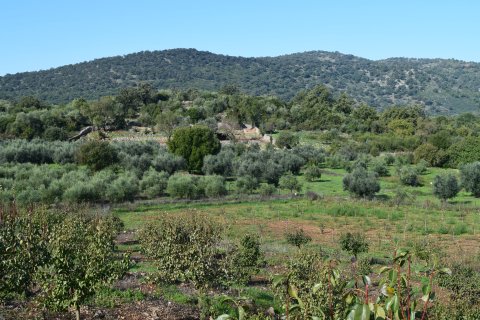Greek EURAF members published a paper on Agroforestry Systems journal regarding the subject ''Impact of human and environmental factors on land cover changes of an oak silvopastoral system''.
Silvopastoral agroforestry systems are characterized by a joint wood and animal production. Valonia oak (Quercus ithaburensis subsp. macrolepis) forms characteristic silvopastoral systems in the Eastern Mediterranean basin, grazed mainly by sheep.
These systems have undergone intensive human influence since ancient times, due to their location close or within agricultural fields or urban areas. Actually, changes on the local socioeconomic conditions affect the intensity and the ways of human intervention in the forest and intervene crucially to the natural evolution of forest vegetation. The outburst of agricultural activities after 1960’s and the expansion of urban areas further confined valonia oak systems in favor of other land uses. Additionally, the nomadic livestock raising was also abandoned, resulting into a continuous, throughout the year, grazing of the forest.
The use of Geographic Information System (GIS) and various data sources facilitated the quantification of the status of the valonia oak silvopastoral system. In fact, this system has been over-exploited in the form of livestock grazing and agricultural cultivation as well as illegal logging. Actions that expected to improve the situation are the reduction of grazing and/or establishment of periodic grazing throughout the forest as well logging control.












